Home>Renovation & DIY>Home Renovation Guides>What Is The Difference Between A Storm Door And A Screen Door
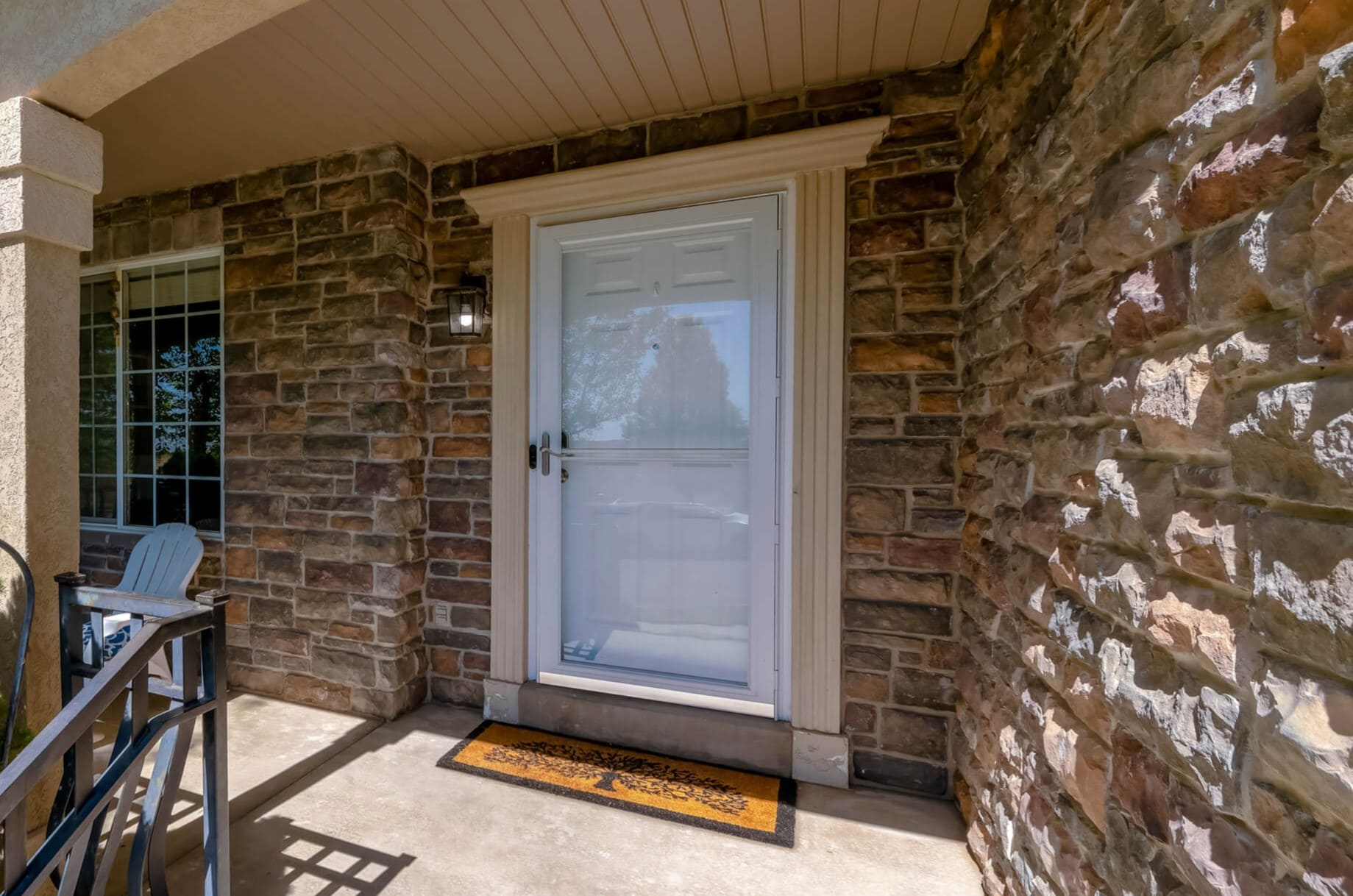

Home Renovation Guides
What Is The Difference Between A Storm Door And A Screen Door
Modified: February 18, 2024
Learn about the key distinctions between storm doors and screen doors in our comprehensive home renovation guide. Make an informed choice for your property.
(Many of the links in this article redirect to a specific reviewed product. Your purchase of these products through affiliate links helps to generate commission for Storables.com, at no extra cost. Learn more)
Introduction
When it comes to enhancing the functionality and aesthetic appeal of your home, the choice of doors plays a significant role. Among the various options available, storm doors and screen doors stand out as popular additions to many homes. While both serve as supplementary barriers to the main entry door, they offer distinct features that cater to different needs. Understanding the differences between storm doors and screen doors is crucial for homeowners looking to make an informed decision about which option best suits their requirements.
In this comprehensive guide, we will delve into the unique characteristics of storm doors and screen doors, exploring their purposes, material and design variances, security features, energy efficiency, cost comparison, installation processes, and maintenance requirements. By the end of this article, you will have a clear understanding of the distinctions between these two types of doors, empowering you to make the right choice for your home.
Key Takeaways:
- Storm doors provide weather protection, insulation, and enhanced security, while screen doors prioritize ventilation, natural light, and pest control, catering to different homeowner needs.
- Storm doors are durable and weather-resistant, contributing to energy efficiency and potential cost savings, while screen doors offer affordability and versatility with periodic maintenance requirements.
Read more: How To Replace Screen In A Storm Door
Purpose of Storm Doors
Storm doors are designed to provide an additional layer of protection for your home’s primary entry door. They act as a barrier against harsh weather conditions, including heavy rain, snow, and strong winds. By shielding the main door from direct exposure to the elements, storm doors help prolong the lifespan of the primary entryway, reducing the risk of damage and deterioration.
Besides weather protection, storm doors also offer enhanced insulation. During colder months, they create an additional air pocket that acts as a buffer, preventing heat loss and reducing energy consumption. This added insulation can contribute to lower heating costs and increased overall comfort within the home.
Furthermore, storm doors serve as a deterrent to insects and pests. When equipped with screens, they allow for ventilation while keeping unwanted critters at bay. This feature is especially beneficial during the warmer seasons when homeowners seek to enjoy fresh air without compromising on security.
Another key purpose of storm doors is to improve security. Many modern storm doors are equipped with sturdy locks and reinforced frames, adding an extra layer of defense against potential intruders. This aspect of security is particularly valuable for homeowners who prioritize safety without sacrificing the aesthetic appeal of their entryway.
Overall, the primary purposes of storm doors include weather protection, insulation, pest control, and enhanced security, making them a valuable addition to any home.
Purpose of Screen Doors
Screen doors are a versatile and practical addition to any home, offering a range of benefits that cater to different needs. One of the primary purposes of screen doors is to facilitate ventilation and airflow while keeping insects and debris at bay. By allowing fresh air to circulate throughout the home, screen doors contribute to a comfortable and well-ventilated living space, especially during the warmer months.
Additionally, screen doors serve as a barrier against unwanted pests, such as mosquitoes, flies, and other insects, enabling homeowners to enjoy the outdoors from the comfort of their homes without the nuisance of bugs. This feature is particularly advantageous for individuals who appreciate spending time in their outdoor spaces while maintaining a pest-free environment indoors.
Another key purpose of screen doors is to enhance natural light penetration. By incorporating screens that allow sunlight to filter through, screen doors can brighten up interior spaces, creating a more inviting and open atmosphere. This is especially beneficial for areas with limited natural light, as screen doors can help optimize the illumination of indoor spaces.
Furthermore, screen doors contribute to energy efficiency by enabling cross-ventilation, reducing the reliance on air conditioning systems during mild weather. This can lead to cost savings on energy bills while promoting a more sustainable and eco-friendly approach to home climate control.
Moreover, screen doors provide an additional layer of security by allowing homeowners to keep their primary entry doors open while still maintaining a barrier against potential intruders. This feature is particularly advantageous for households with children and pets, as it allows for increased supervision and peace of mind without compromising on safety.
In summary, the primary purposes of screen doors include facilitating ventilation, keeping pests at bay, enhancing natural light penetration, promoting energy efficiency, and providing an added layer of security, making them a valuable and versatile addition to any home.
Material and Design Differences
When comparing storm doors and screen doors, it’s essential to consider the distinct material and design variations that set them apart. Storm doors are typically constructed using durable materials such as aluminum, steel, or fiberglass, offering robust protection against the elements. These doors often feature interchangeable glass panels and screens, providing flexibility to adapt to changing weather conditions and ventilation needs.
On the other hand, screen doors are commonly crafted from aluminum, vinyl, or wood, with the primary focus on facilitating airflow and visibility. The design of screen doors emphasizes the integration of mesh screens, allowing for unobstructed views and improved air circulation while effectively preventing insects from entering the home.
From a design perspective, storm doors often feature a solid panel that can be replaced with a screen panel during warmer seasons. This adaptability allows homeowners to transition between weather protection and ventilation as needed, providing a versatile solution for year-round use. Additionally, many storm doors are designed with decorative elements and various finish options to complement the overall aesthetic of the home.
Conversely, screen doors are designed with a strong emphasis on the mesh screen component, which is typically the focal point of their construction. The frame of a screen door is engineered to support the screen material while ensuring durability and ease of use. Some screen doors may also incorporate decorative elements, but the primary focus remains on optimizing airflow and visibility without compromising on pest control.
Overall, the material and design differences between storm doors and screen doors reflect their distinct purposes and functionalities, catering to specific needs related to weather protection, ventilation, and aesthetic considerations.
Security Features
Both storm doors and screen doors offer various security features designed to enhance the overall safety and protection of the home. When it comes to storm doors, security features often include robust locking mechanisms, reinforced frames, and impact-resistant glass options. These elements contribute to fortifying the primary entryway, acting as a deterrent against potential intruders while providing an additional layer of defense.
Additionally, some storm doors are equipped with multi-point locking systems, further bolstering their security capabilities. These advanced locking mechanisms distribute the force of impact across multiple points, making it more challenging for unauthorized individuals to breach the door. Combined with durable materials and sturdy construction, these security features make storm doors an effective safeguard for the home.
Screen doors, while primarily designed to facilitate ventilation and pest control, also incorporate security features to ensure peace of mind for homeowners. Many modern screen doors are equipped with secure locking mechanisms, including key-operated locks and handles with internal locking systems. These features allow homeowners to secure their homes while enjoying fresh air and natural light, without compromising on safety.
Furthermore, the presence of sturdy screens and reinforced frames in screen doors contributes to their security capabilities. High-quality mesh screens and durable construction materials make it difficult for intruders to tamper with or penetrate the door, providing an additional barrier against unauthorized access.
It’s important to note that while both storm doors and screen doors offer security features, the level of security provided may vary based on the specific design, materials, and locking mechanisms. Homeowners can choose security features that align with their individual preferences and requirements, ensuring that their chosen door type offers the desired level of protection for their homes.
A storm door is designed to provide extra insulation and protection from the elements, while a screen door is mainly for letting in fresh air and keeping bugs out. Consider your climate and needs when choosing between the two.
Energy Efficiency
When evaluating the energy efficiency of storm doors and screen doors, it’s essential to consider their impact on insulation, temperature regulation, and overall energy consumption within the home. Storm doors, with their ability to create an additional air pocket and provide a barrier against external elements, contribute significantly to improved insulation. During colder months, storm doors help prevent heat loss from the main entry door, reducing the workload on heating systems and resulting in potential energy savings.
Furthermore, the insulation provided by storm doors can contribute to maintaining a more consistent indoor temperature, reducing drafts and cold spots near the main entryway. This can lead to increased comfort for occupants while minimizing the strain on heating and cooling systems, ultimately contributing to improved energy efficiency throughout the home.
Screen doors, while not typically recognized for insulation properties, play a role in promoting natural ventilation and reducing the reliance on mechanical cooling systems. By allowing fresh air to circulate and optimizing cross-ventilation, screen doors can contribute to a more comfortable indoor environment during mild weather, potentially reducing the need for air conditioning and lowering energy consumption.
Additionally, the ability of screen doors to facilitate natural light penetration can reduce the reliance on artificial lighting during daylight hours, further contributing to energy efficiency. By maximizing the use of natural light, homeowners can reduce electricity usage and minimize their environmental impact.
It’s important to note that the energy efficiency of both storm doors and screen doors can be further enhanced by selecting models with energy-efficient glass options and insulated frames. These features can optimize thermal performance and contribute to overall energy savings, making them valuable considerations for environmentally conscious homeowners.
Ultimately, the energy efficiency of storm doors and screen doors can have a tangible impact on heating, cooling, and lighting costs, making them essential components for creating a more energy-efficient and sustainable home environment.
Cost Comparison
When comparing the costs associated with storm doors and screen doors, several factors come into play, including the initial purchase price, installation expenses, and long-term maintenance considerations. Storm doors, known for their robust construction and weather-resistant features, often come with a higher upfront cost compared to screen doors. The use of durable materials, impact-resistant glass, and advanced locking systems contributes to the relatively higher price point of storm doors.
Furthermore, the installation of storm doors may require professional assistance, adding to the overall cost. Proper installation is crucial for ensuring the door’s functionality, security, and weatherproofing capabilities, and enlisting the services of experienced installers may entail additional expenses.
In contrast, screen doors, with their focus on ventilation, visibility, and insect control, are generally more affordable in terms of upfront costs. The use of lightweight materials such as aluminum and vinyl, coupled with simpler construction features, contributes to the relatively lower purchase price of screen doors compared to storm doors.
Additionally, the installation of screen doors may be more straightforward, potentially allowing homeowners to undertake the installation process themselves, thereby reducing installation expenses. This DIY-friendly aspect of screen door installation can be appealing to budget-conscious individuals seeking to minimize overall costs.
When considering long-term costs, maintenance requirements play a significant role in the cost comparison. Storm doors, constructed from durable materials and featuring complex locking mechanisms, may require minimal maintenance over time, contributing to their cost-effectiveness in the long run. On the other hand, screen doors, while initially more affordable, may necessitate periodic maintenance, such as screen replacement or frame upkeep, to ensure their continued functionality and aesthetic appeal.
Ultimately, the cost comparison between storm doors and screen doors encompasses not only the initial purchase and installation expenses but also the long-term maintenance considerations, allowing homeowners to make informed decisions based on their budget and overall investment outlook.
Installation Process
The installation process for both storm doors and screen doors involves several key steps to ensure proper fit, functionality, and security. When installing a storm door, the first step is to measure the existing entryway to determine the appropriate door size. This measurement is crucial for selecting a storm door that fits securely and aligns with the main entry door. Once the door is selected, the existing door frame may need to be reinforced to support the weight and installation of the storm door.
Next, the hinges and hardware are installed according to the manufacturer’s instructions, ensuring that the door operates smoothly and securely. Weather-stripping and sealing are then applied to prevent air and water infiltration, enhancing the door’s weatherproofing capabilities. Depending on the specific design, interchangeable glass panels and screens are installed to accommodate seasonal transitions and ventilation needs.
For screen door installation, the process generally begins with measuring the entryway to determine the appropriate door size. Once the door is selected, the frame is assembled, and the hinges and hardware are attached as per the manufacturer’s guidelines. The screen material is then installed, ensuring a snug and secure fit within the frame to effectively prevent insects from entering while allowing for unobstructed views and airflow.
Both storm doors and screen doors may require adjustments to ensure proper alignment and functionality. This may involve fine-tuning the door’s fit within the frame, adjusting the closure mechanism, and verifying the security features, such as locks and latches, for optimal operation.
It’s important to note that while some homeowners may opt for DIY installation, enlisting professional assistance can ensure that the doors are installed correctly, maximizing their performance and longevity. Professional installers possess the expertise and tools necessary to handle the intricacies of door installation, providing homeowners with peace of mind and a seamless installation experience.
Ultimately, the installation process for both storm doors and screen doors involves meticulous measurements, proper assembly, and attention to detail to ensure that the doors function as intended, providing enhanced protection, ventilation, and aesthetic appeal for the home.
Maintenance and Longevity
Proper maintenance is essential for ensuring the longevity and optimal performance of both storm doors and screen doors. For storm doors, regular maintenance involves inspecting the door’s components, including hinges, locks, and weather-stripping, to ensure they are functioning correctly. Periodic cleaning of the door’s surfaces, glass panels, and screens helps prevent the buildup of dirt and debris, preserving the door’s appearance and functionality.
Additionally, lubricating moving parts, such as hinges and locks, can help prevent corrosion and ensure smooth operation. Inspecting the door’s frame and seals for any signs of wear or damage is also crucial, as addressing these issues promptly can prevent potential water and air infiltration, preserving the door’s weatherproofing capabilities.
When it comes to screen doors, regular maintenance involves inspecting the screen material for tears or damage and replacing it as needed to maintain effective pest control and visibility. Cleaning the screen material with mild soap and water can help remove dirt and grime, preserving its integrity and ensuring unobstructed airflow.
Similar to storm doors, lubricating hinges and hardware can contribute to the smooth operation of screen doors, prolonging their longevity. Additionally, inspecting the door’s frame and seals for any wear or damage is essential for preserving the door’s functionality and preventing potential issues related to insect intrusion and weather resistance.
Both storm doors and screen doors benefit from seasonal maintenance, such as adjusting the door’s closure mechanism and ensuring that all hardware is secure. This proactive approach to maintenance can help identify and address any potential issues before they escalate, contributing to the doors’ longevity and overall performance.
When properly maintained, both storm doors and screen doors can have a significant lifespan, with durable materials and quality construction contributing to their longevity. Regular maintenance not only preserves the doors’ functionality and aesthetic appeal but also ensures that they continue to provide the intended benefits, such as weather protection, ventilation, and security, for years to come.
Read more: Storm Door Vs Screen Door: Which is Better?
Conclusion
Understanding the differences between storm doors and screen doors is essential for homeowners seeking to enhance the functionality, security, and aesthetic appeal of their homes. Storm doors serve as a robust barrier against harsh weather conditions, offering insulation, weather protection, and security features that contribute to the overall comfort and safety of the home. On the other hand, screen doors prioritize ventilation, natural light penetration, and pest control, providing a versatile solution for enjoying the outdoors while maintaining a comfortable indoor environment.
Material and design variances distinguish these door types, with storm doors emphasizing durability and weather resistance, while screen doors focus on airflow and visibility. Both door types offer security features to safeguard the home, with storm doors providing enhanced protection and screen doors offering secure locking mechanisms and sturdy construction.
When it comes to energy efficiency, storm doors contribute to insulation and temperature regulation, potentially leading to cost savings on heating and cooling expenses. Screen doors promote natural ventilation and light penetration, reducing the reliance on artificial lighting and mechanical cooling systems, thereby contributing to energy efficiency in the home.
Cost considerations encompass the initial purchase price, installation expenses, and long-term maintenance requirements, with storm doors typically requiring a higher upfront investment but potentially lower maintenance costs over time. Screen doors, while more affordable initially, may necessitate periodic maintenance, impacting their long-term cost comparison.
The installation process for both door types involves meticulous measurements, proper assembly, and attention to detail to ensure optimal functionality and performance. Professional assistance may be beneficial to ensure a seamless installation experience and maximize the doors’ capabilities.
Proper maintenance is crucial for preserving the longevity and performance of both storm doors and screen doors, with regular inspections, cleaning, and lubrication contributing to their continued functionality and aesthetic appeal.
In conclusion, the distinct characteristics and purposes of storm doors and screen doors cater to different homeowner needs, offering valuable enhancements to home security, energy efficiency, and overall comfort. By understanding the unique features and considerations associated with each door type, homeowners can make informed decisions to select the option that best aligns with their preferences and requirements, ultimately enhancing the functionality and appeal of their homes.
Frequently Asked Questions about What Is The Difference Between A Storm Door And A Screen Door
Was this page helpful?
At Storables.com, we guarantee accurate and reliable information. Our content, validated by Expert Board Contributors, is crafted following stringent Editorial Policies. We're committed to providing you with well-researched, expert-backed insights for all your informational needs.
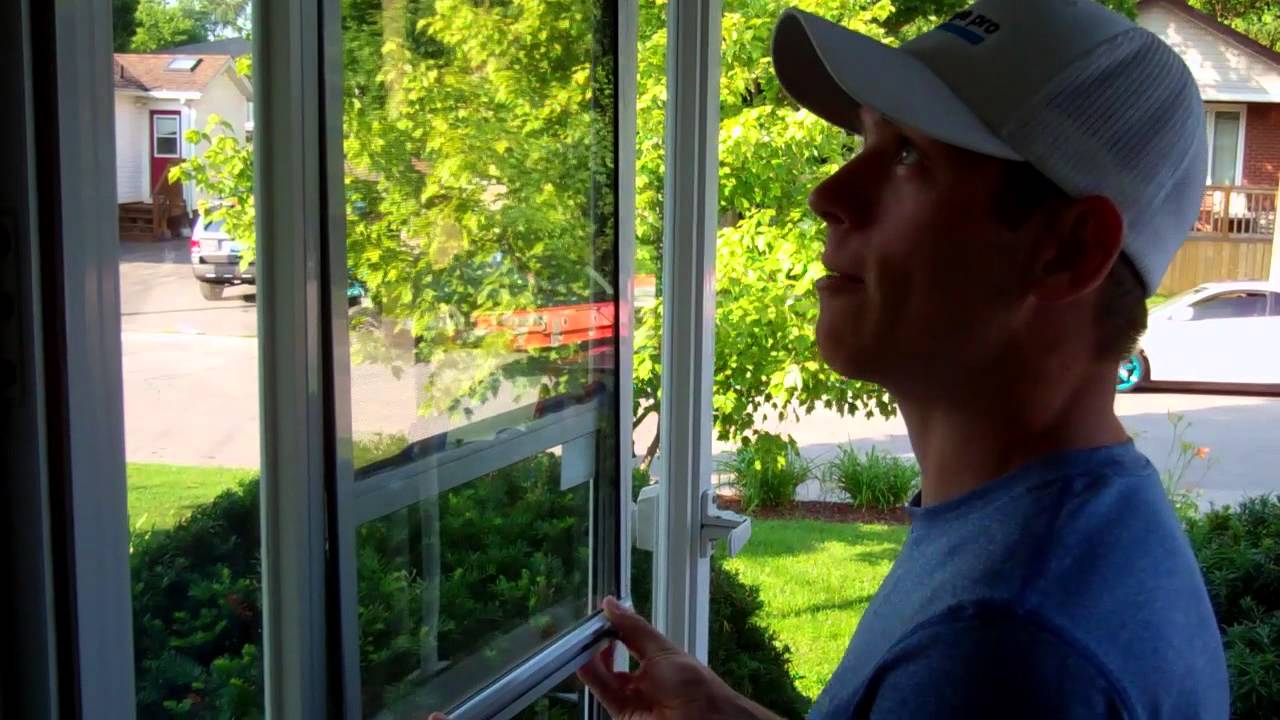
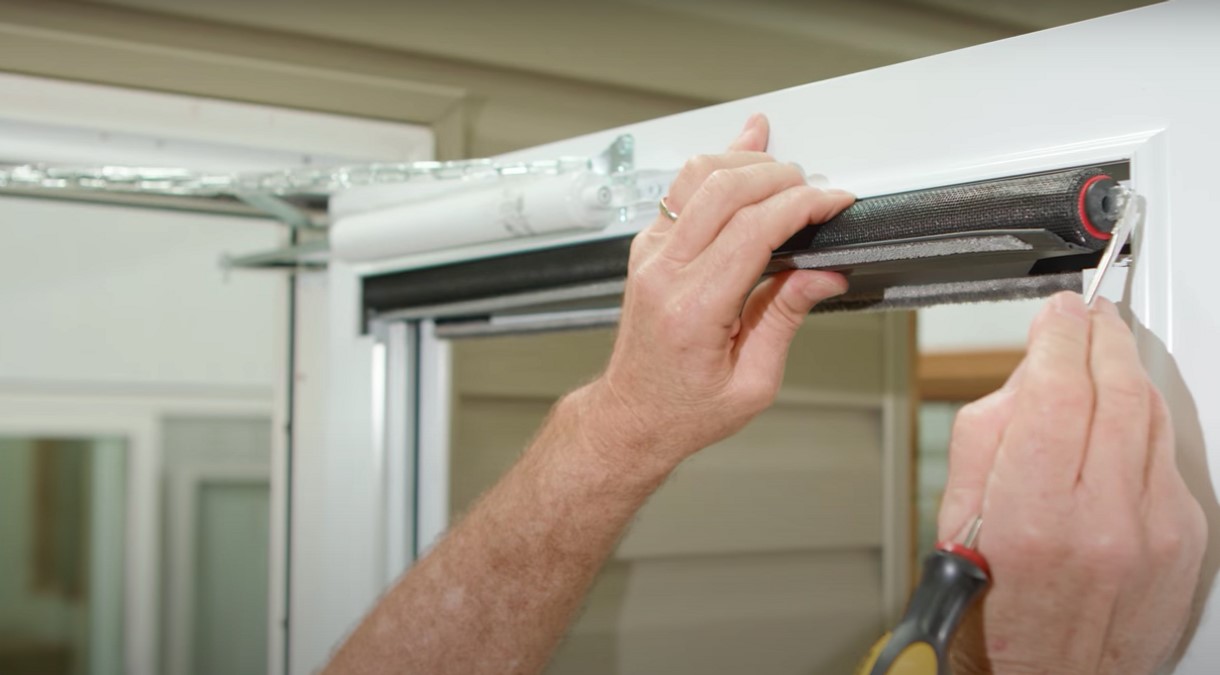
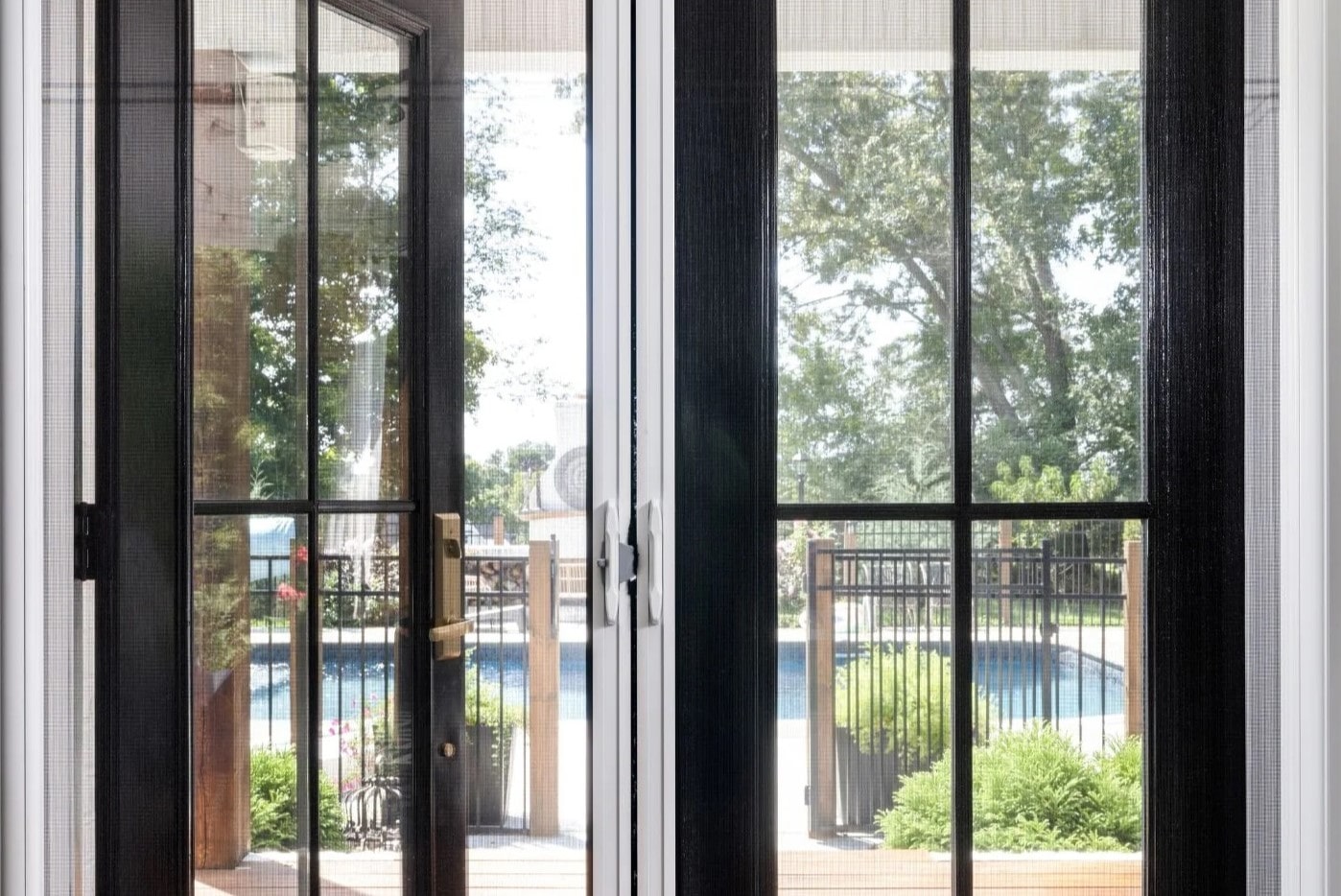
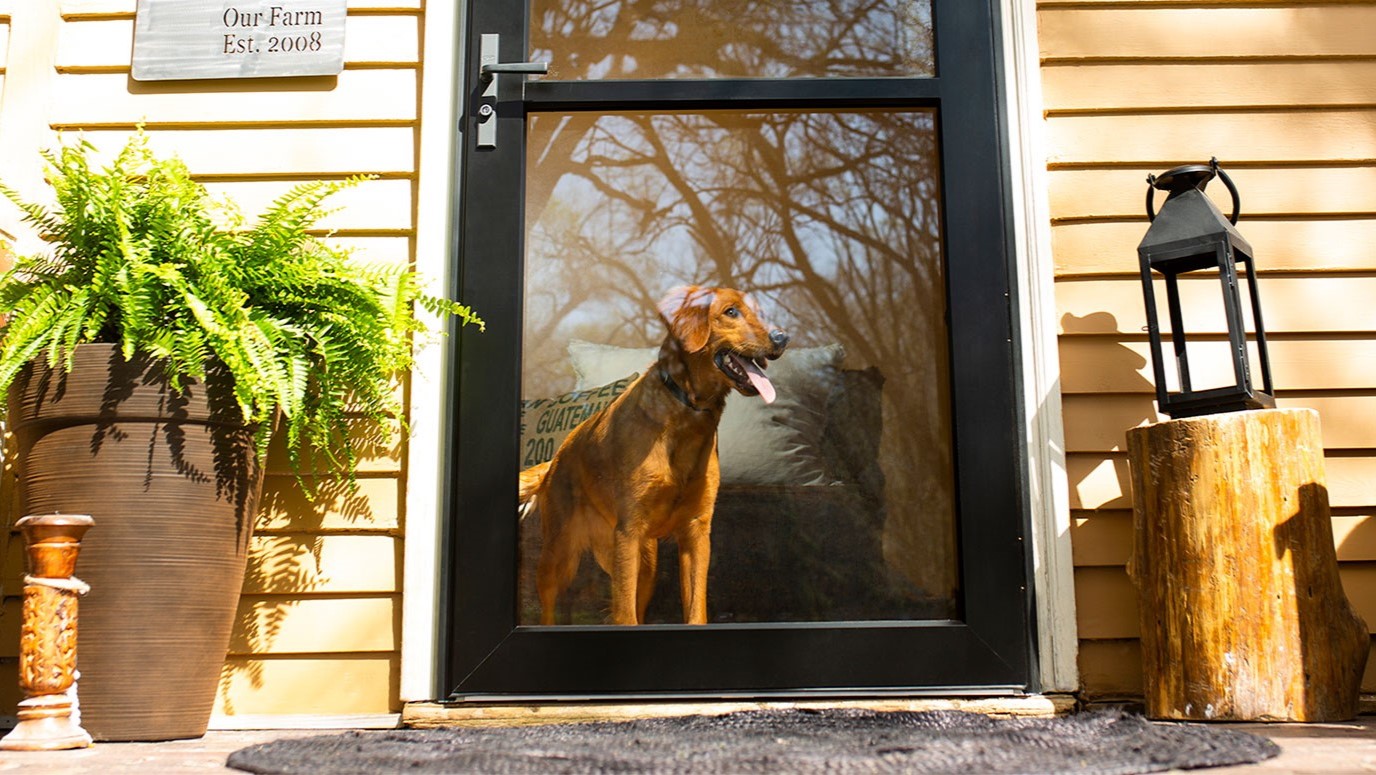





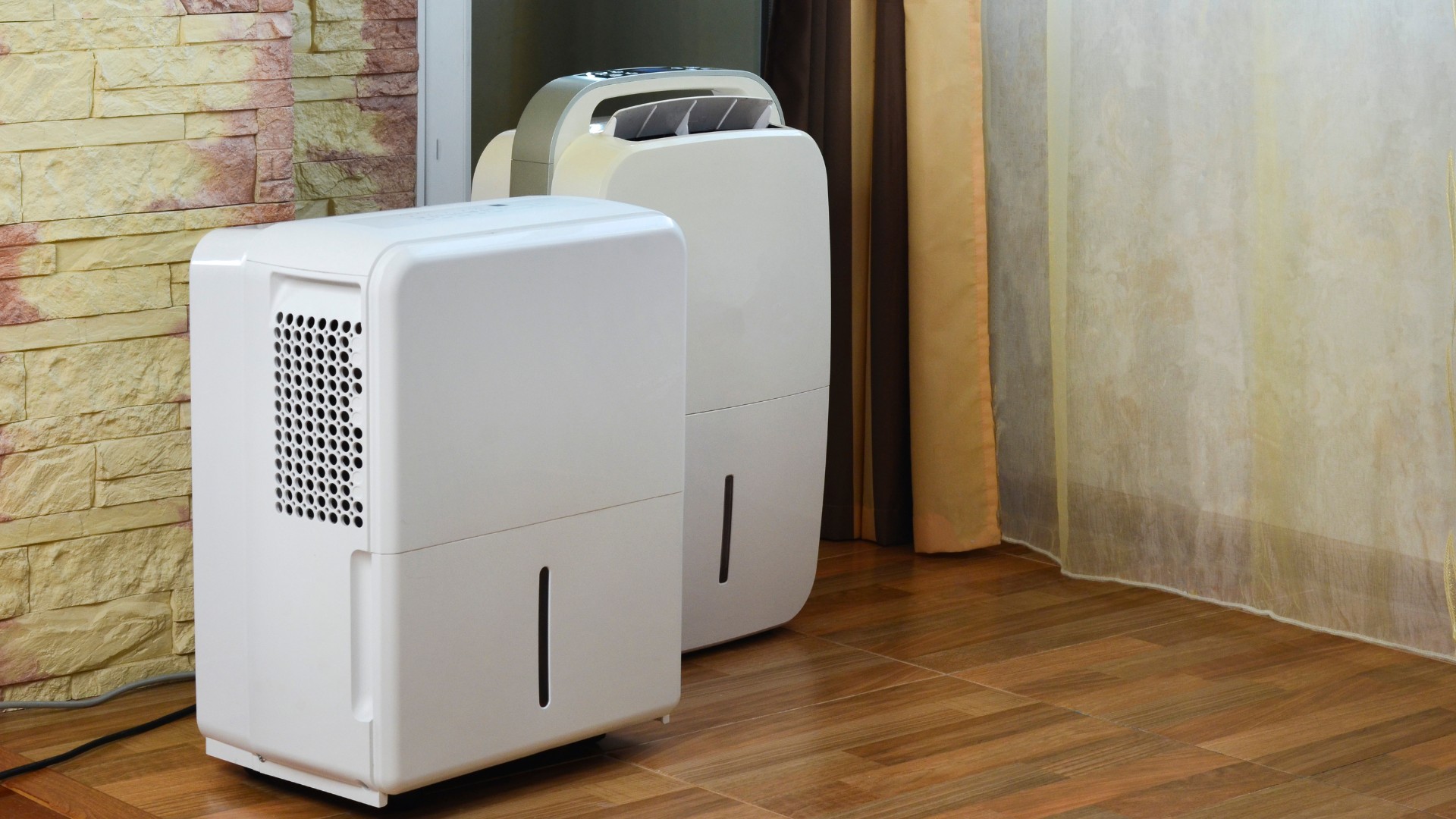
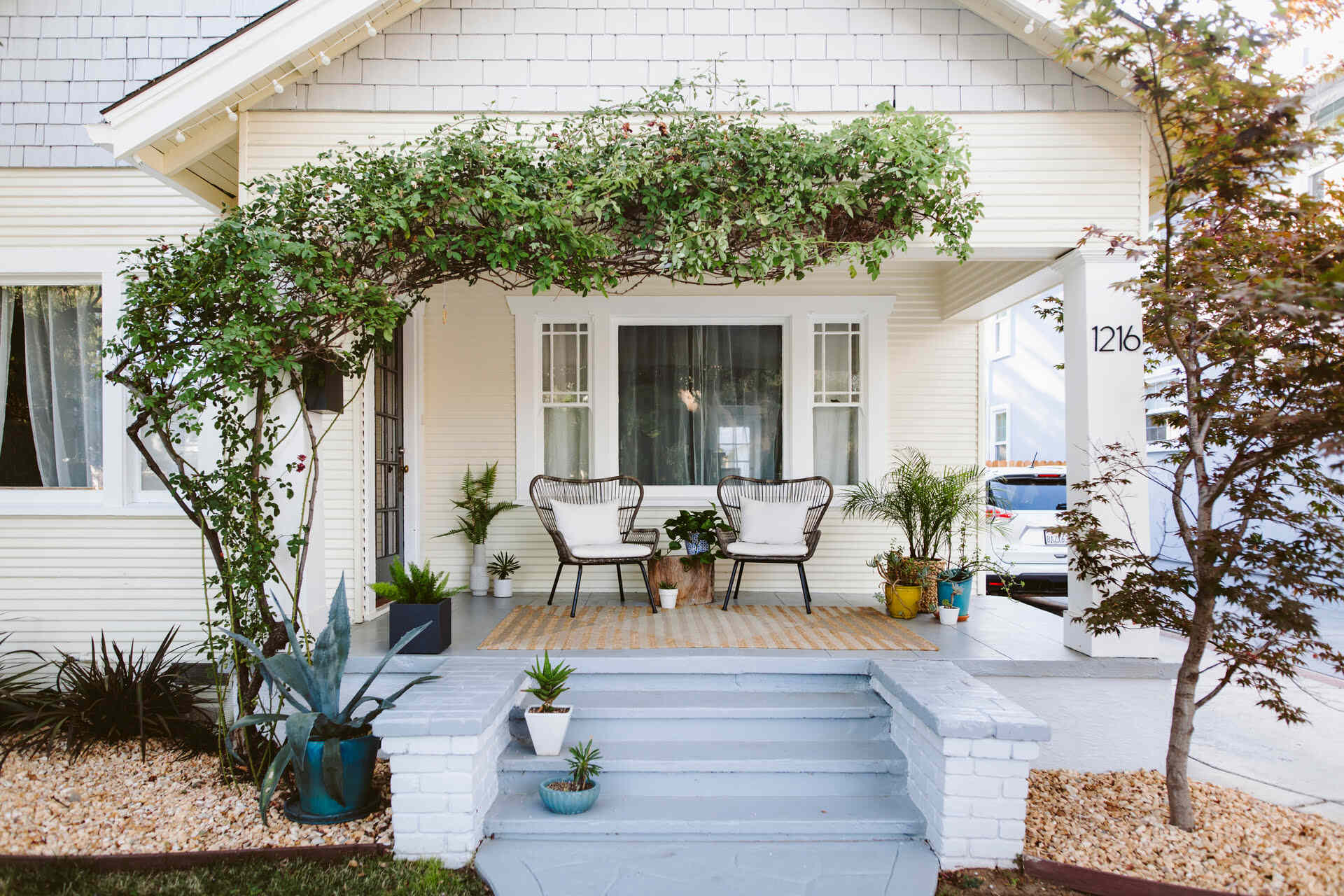
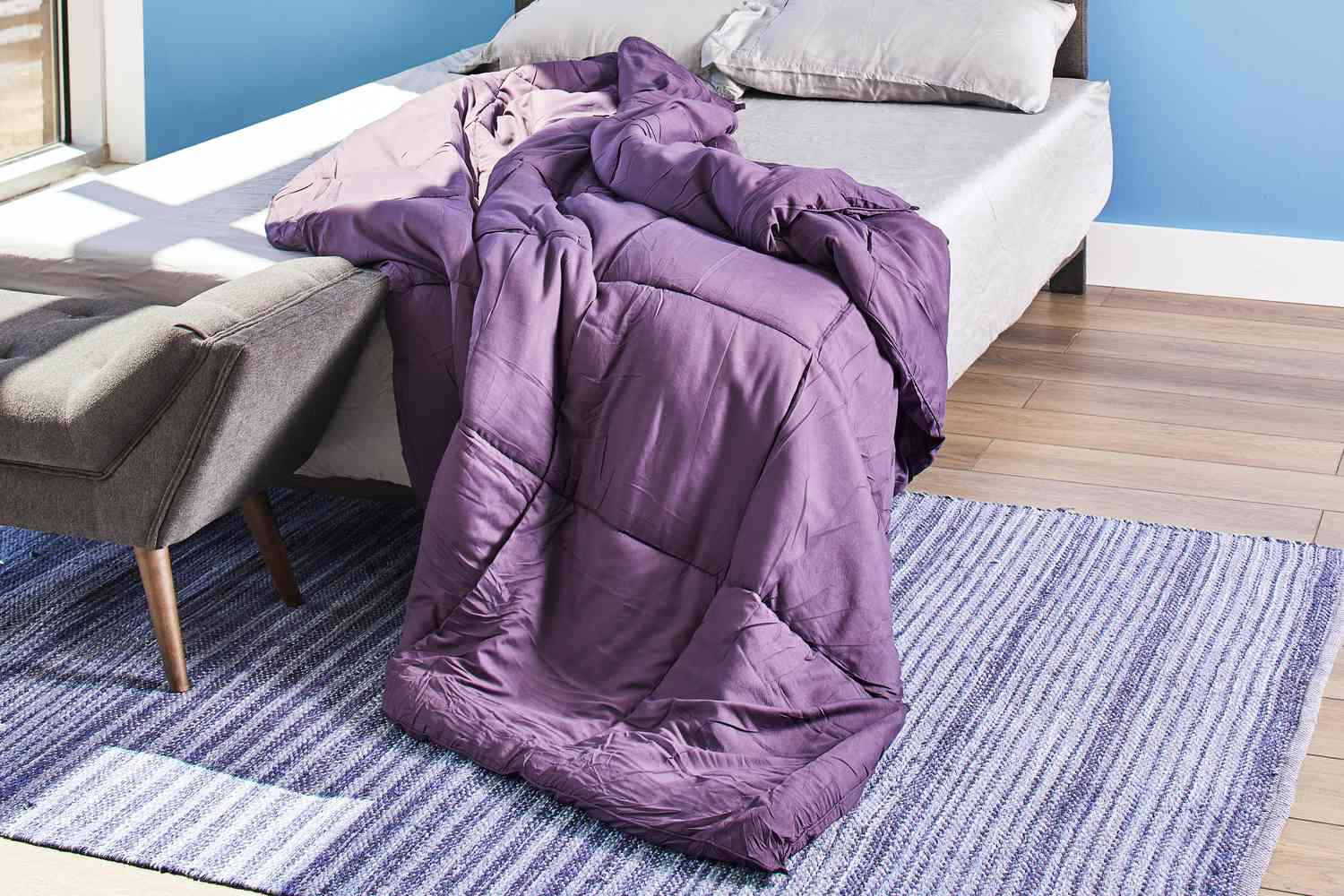
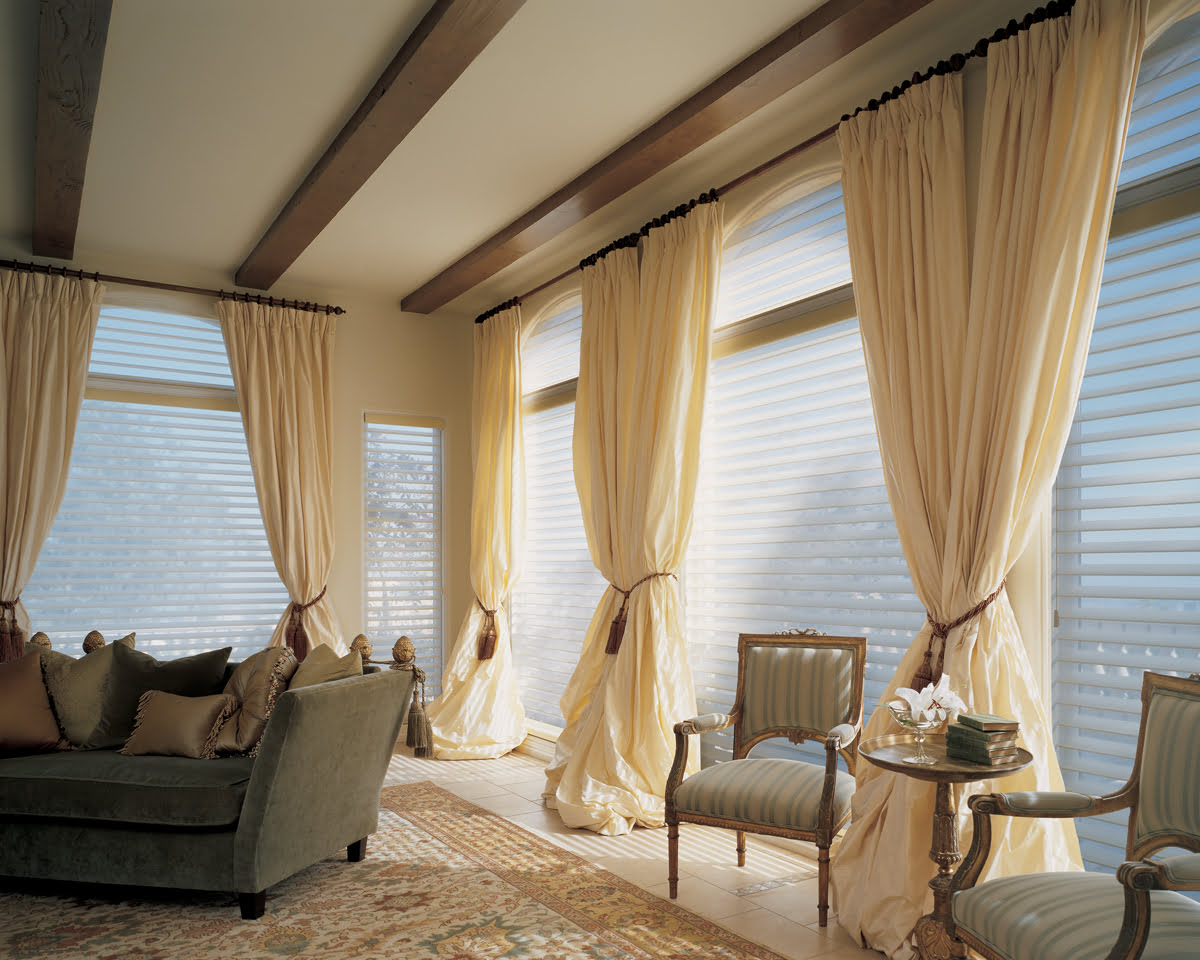

0 thoughts on “What Is The Difference Between A Storm Door And A Screen Door”